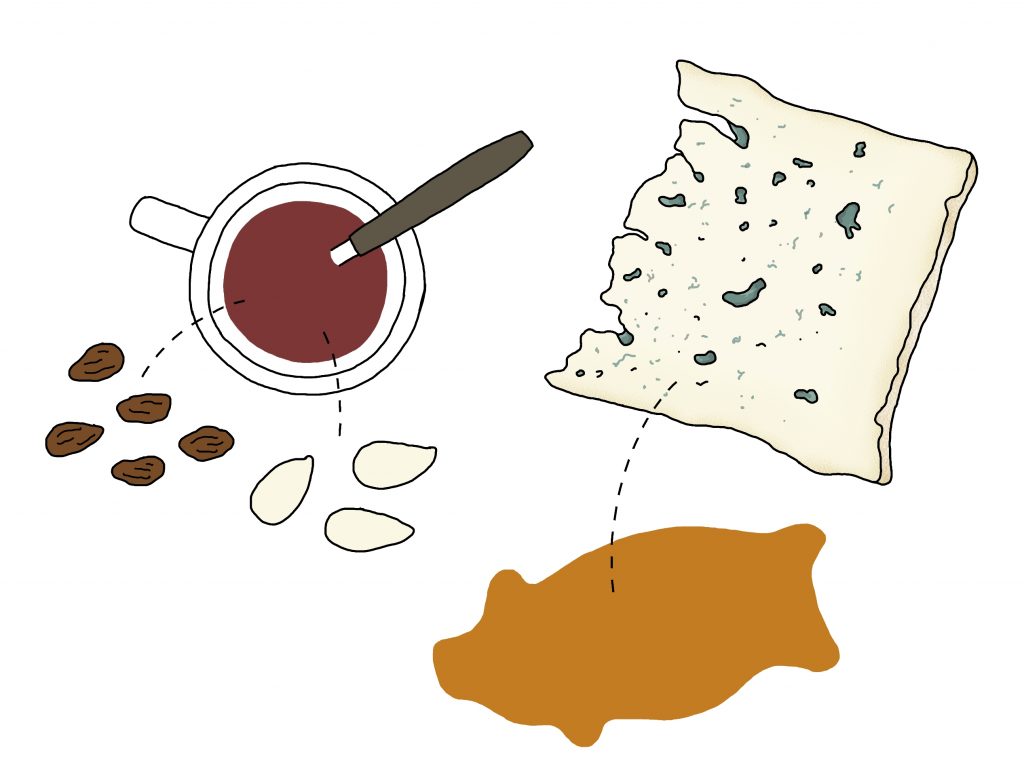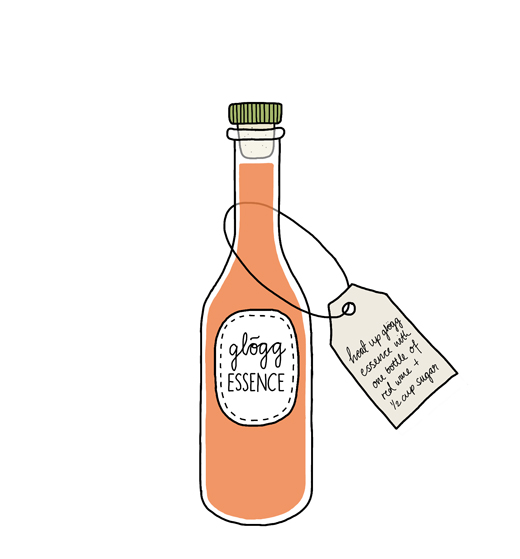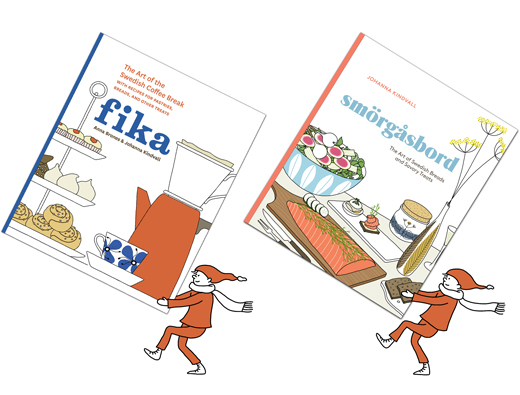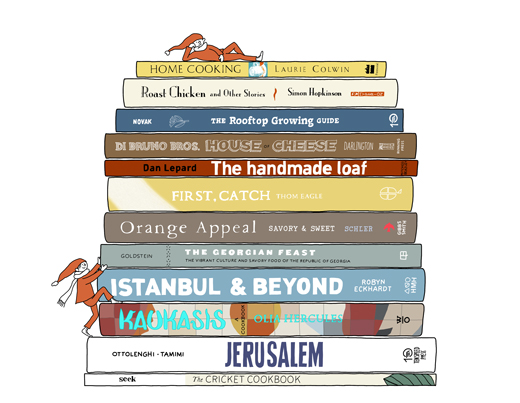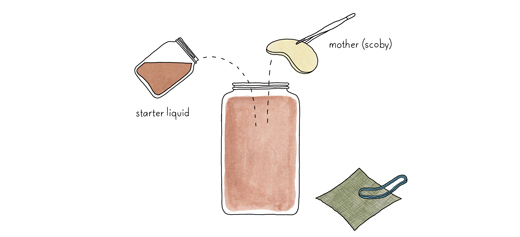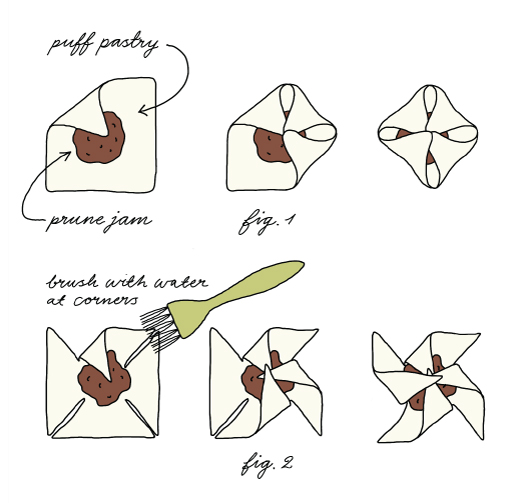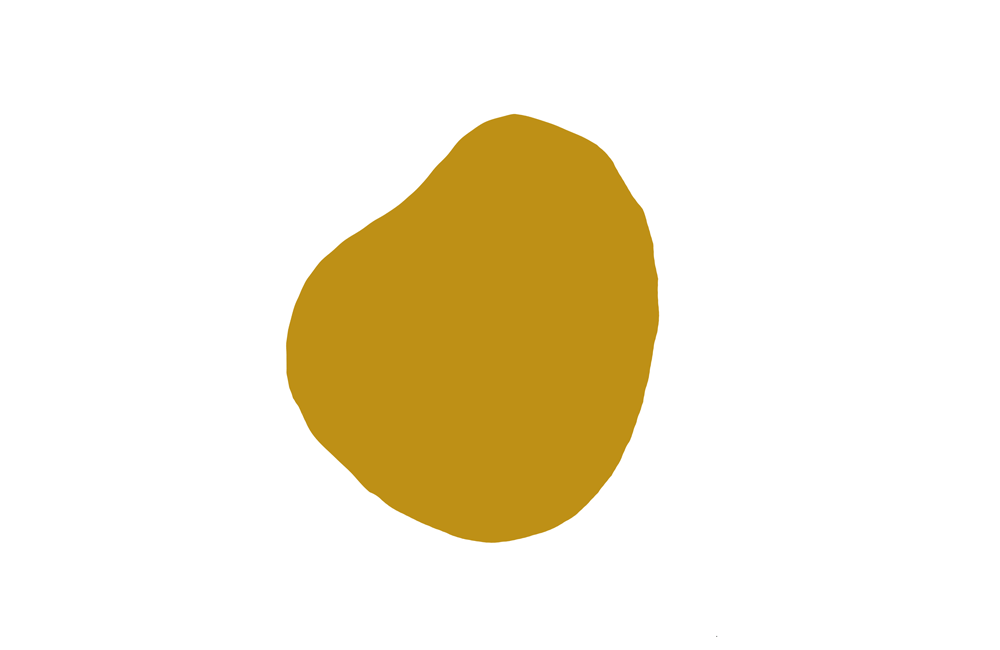
It’s the holiday season and time to get cozy with warming glögg and a stack of ginger cookies. Like many Swedes, I will be cooking up a traditional Swedish julbord. A julbord is a seasonal Smörgåsbord and something that most Swedes prepare for themselves and their loved ones every Christmas. If you’d like to learn more about the Swedish Christmas table, please read Larissa Zimberoff’s smörgåsbord story on NPR Salt.
As I am married to a Pole, we have decided this year to mix up the table with some traditional Polish dishes. We think the mix will work splendidly as both Poles and Swedes share an equal devotion to pickled herrings, dill, horseradish, caraway, and vodka. I have learned that even if most of their dishes can be very different, they share a great amount of flavors that are very similar. So if you are planning to add some Baltic flare to your holiday, I hope my menu for our Christmas eve table will inspire you:
glögg
(Swedish mulled wine)
mustard herring
herring with apples
hard boiled eggs, and aged hard cheese
Aquavit & Zubrowka
barszcz (clear beetroot soup)
with wild mushroom dumplings
hot smoked salmon
with fresh pickled cucumber
& horseradish sauce
charcuterie platter:
liver pate, sausages,
julskinka (traditional Christmas ham),
red cabbage, pickles, and other condiments
cheese board
specially selected by my friend
Tenaya Darlington aka Madame Fromage
pierogi with sauerkraut & mushrooms
my mother’s Joulutorttu
Finnish Christmas Tarts
julgodis
traditional Swedish sweets
Along with everything I will be serving a selection of different kinds of breads that go well with the dishes on the table. One of the breads will be my vörtbröd (malted rye bread) from the Smörgåsbord cookbook (see recipe below). Traditionally a vörtbröd is baked with wort (malt extract from brewing beer), whole raisins and aromatic spices like orange zest powder, cardamom, cloves, and ginger. My version is baked with porter instead of the wort and, just because I don’t like soggy raisins, I first soak and mash them before adding it to the dough. This method makes an all through fruity flavored bread that is excellent with cured ham or cheeses like blue cheese.
I wish you all a delicious holiday and a happy new year!
*
If you are looking for some last minute gifts,
here are a few from my food & art creative friends:
New Cocktail Hour by André and Tenaya Darlington
the guide to crafted cocktails
with both classical and modern recipes.
Istanbul and Beyond by Robyn Eckhardt
and photographed by David Hagerman
amazing cookbook as well as a
terrific culinary travel guide of Turkey
Cult Vinegar & Cult Vinegar Vase
by Jonathan Brown & Billy Lloyd
read more about their beautiful
design and delicious vinegar here
Orange Appeal: Savory and Sweet
by Jamie Schler and photographed by Ilva Beretta
amazing selection of different ways
you can cook with an orange
Kaukasis by Olia Hercules
an amazing culinary journey through
Georgia, Azerbaijan & beyond
And if you need a post-holiday gift I suggests:
Live Lagom by my Fika collaborator Anna Brones
About the Swedish concept of lagom – the balanced way of living
(will be released in US on December 26)
Pan de pueblo by Iban Yarza, Grijalbo (in Spanish)
Recipes and history of Spain’s breads & bakeries
(will be released in US on January 30, 2018)
Soulful Simplicity by Courtney Carver
How living with less can lead to so much more
(will be released on December 26)
and last…
If you are thinking of remodeling your front facade I suggest your hire my friend Katie Merz.

Vörtbröd (Malted Rye Bread)
recipe from Smörgåsbord
makes 1 loaf
sponge
2 cups (8.5 oz, 240 g) rye flour
1¾ cups (420 ml) water
¼ cup (2 oz, 57 g) sourdough starter
soaker
1/3 cup (2 oz, 57 g) raisins
½ teaspoon orange zest powder (see below)
¼ teaspoon ground cloves
½ teaspoon ground ginger
1 teaspoon cardamom seeds, crushed
¼ cup (60 ml) porter (or stout)
dough
2 cups (10 oz, 284 g) all-purpose flour
2 teaspoons salt
To prepare the sponge, place the rye flour in a large bowl. In a small saucepan, bring the water to a boil, then remove it from the heat, and pour it over the flour. Work the flour and water well together to create a thick porridge like batter. Set aside to cool. When the scalded rye flour has cooled completely, add the sourdough starter and mix well. Cover the bowl with a dampened tea towel and let sit at room temperature for 8 hours or overnight.
To prepare the soaker, in a bowl, soak the raisins, orange powder, cloves, ginger, and cardamom with the porter, then cover and let sit at room temperature for 8 hours or overnight. In a blender or food processor, mix the soaker until smooth and sticky.
To prepare the dough, in a large bowl, combine the sponge and pureed raisins with the all-purpose flour and salt. Transfer the dough to a floured flat surface and knead the bread into a ball, about 1 minute. If the dough sticks to your hands, wet them before kneading the mixture together. The dough will be dense and tacky. Place the dough in a large bowl, cover with a dampened tea towel, and let rise for 3 hours.
Shape the dough into 1 oblong loaf, following the directions on page 21. Place it in a well-floured rectangular proofing basket that is approximately 12 by 5 inches (30 by 13 cm). You can also let it rise on a well-floured tea towel supported with two rolled-up tea towels on either side of the loaf (see diagram below). Cover with a dry tea towel and let rise for another 2 hours. To test when the bread is ready to bake, poke your finger gently into the dough; the indent should slowly spring back, about 3 seconds.
Preheat the oven to 500°F (260°C) 30 to 60 minutes before baking. Arrange a baking sheet or baking/pizza stone on a rack in the middle of the oven. (Please note that a stone will need more time to heat up than a baking sheet.)
When ready to bake, carefully invert the shaped loaf onto the hot baking sheet (or stone). With a sharp knife or razor blade, slash the top of the dough. Mist the bread with a water spritzer before closing the oven door. Lower the temperature to 400°F (200°C) and bake for 40 to 50 minutes, or until the internal temperature reaches 208°F (98°C). The bread should have a dark brown color, and if you knock at the bottom of the loaf, it should have a hollow sound.
Remove from the oven, cover with a tea towel, and let the bread cool completely on a cooling rack before cutting the bread. It’s best if the bread can rest for at least 8 hours or overnight.
The bread will keep fresh for several days, at room temperature, covered in a plastic bag. For longer storage, freeze bread when cool, well wrapped in plastic, sliced or whole, for up to 3 months.
Recipe and related images is taken from my book Smörgåsbord, Ten Speed Press 2017, ©Johanna Kindvall
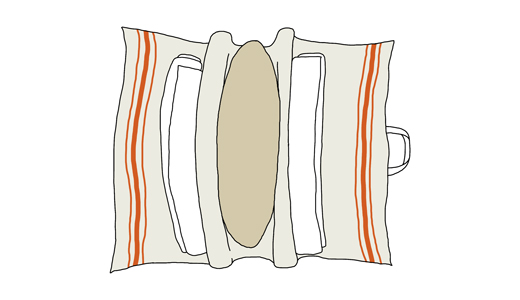
Orange zest powder is simply made by drying the outer layer of the orange in a sunny spot for a couple of days or in the oven at 200°F (95 °C) for 1 hour. The orange skin is easy to peel with a potato peeler and, to make the drying go faster, cut the peels into thin strips. When the peel is dry, place them in a coffee grinder or food processor and pulse until you have a nice orange powder. Use the powder to flavor bread, cakes, and stews.
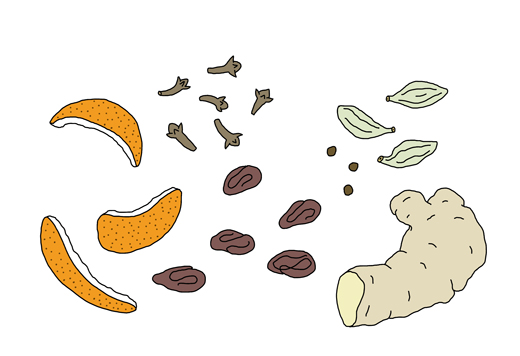
*
other related links
If you want your own copy of
the Smörgåsbord cookbook you can get it here.
my julbord story on Wine Society
Skållat Rågbröd with Anise Seeds
(Scalded rye bread) – a kokblog recipe
pepparkakor (Swedish Ginger Cookies)
by Anna Brones
How to Host a Fika & Cheese Party
by Madame Fromage
upcoming Smörgåsbord events
